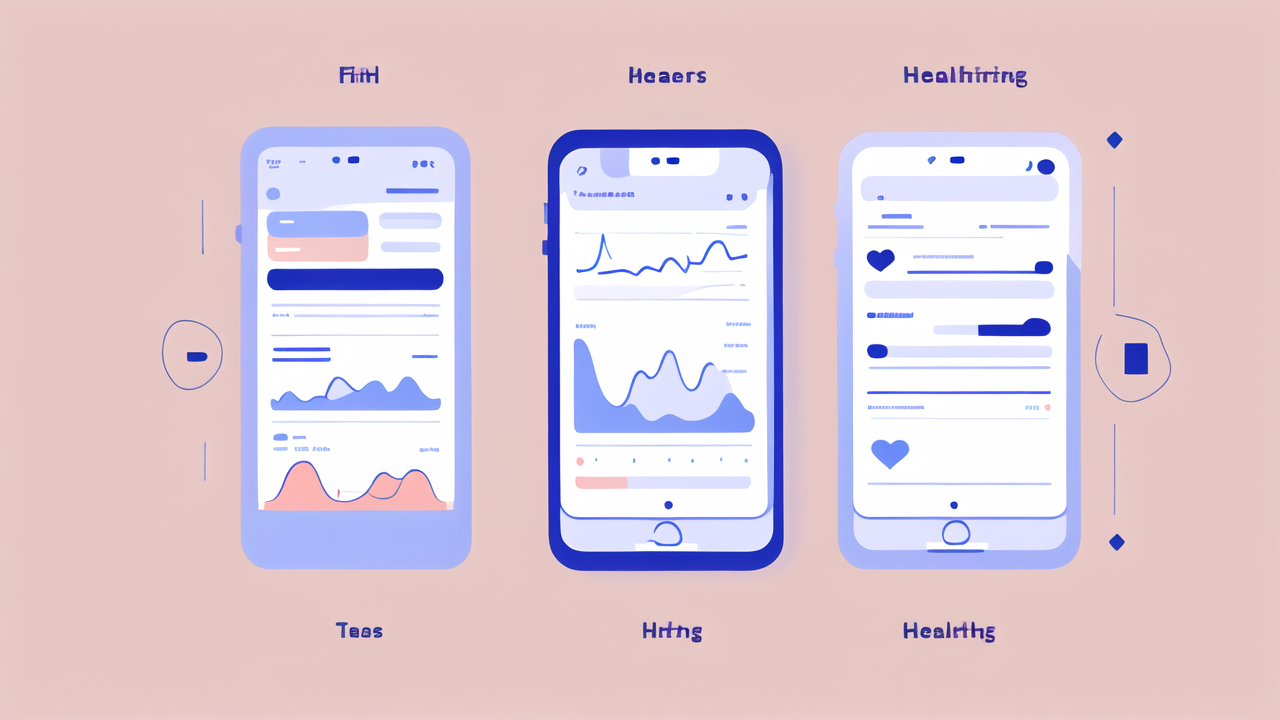Understanding the Role of Health Monitors in Consumer Well-being
The Evolution of Health Monitoring Wearables
Health monitoring wearables have come a long way in recent years. They started as simple step counters. Now, they're complex devices that track various health metrics. Early models could only count steps. Today's wearables measure heart rate, sleep quality, and more.

The technology has improved rapidly. Sensors have become more accurate and smaller. This allows for sleeker designs and better data collection. Battery life has also improved, letting users wear devices for longer periods.
As the tech evolved, so did consumer interest. People now see these devices as essential tools for managing their health. They use them to track fitness goals, monitor chronic conditions, and detect potential health issues early.
The Intersection of Fashion and Functionality in Fila Watches
Fila watches represent a perfect blend of style and health monitoring tech. They understand that consumers want more than just functionality. People want devices that look good too.
Fila has designed their watches to be fashionable accessories. They come in various styles and colors to suit different tastes. At the same time, they pack in advanced health monitoring features.
This approach has helped Fila appeal to a wide range of consumers. From fitness enthusiasts to fashion-conscious individuals, there's a Fila watch for everyone. The brand has successfully bridged the gap between health tech and fashion.
The Importance of Accurate Health Monitoring for the United States Market
Accurate health monitoring is crucial in the United States. The country faces high rates of chronic diseases like diabetes and heart disease. These conditions require constant monitoring.
Health monitors can help people track their vital signs daily. This data can alert users to potential health issues before they become serious. It can also help doctors provide better care.
In a country where healthcare costs are high, prevention is key. Accurate health monitors can play a vital role in preventive care. They empower users to take control of their health and make informed decisions.
Analyzing Fila Watches' Advanced Health Monitoring Features
Heart Rate Monitoring and Analysis
Fila watches offer advanced heart rate monitoring. They use optical sensors to measure heart rate continuously. This provides users with real-time data about their cardiovascular health.

The watches can detect resting heart rate, which is a key indicator of overall fitness. They also track heart rate during exercise. This helps users optimize their workouts and avoid overexertion.
Fila's heart rate analysis goes beyond just numbers. The watches can detect irregular heart rhythms. They can alert users to potential issues that may require medical attention.
Step Counting and Its Impact on User Lifestyle
Step counting remains a core feature of Fila watches. It's a simple metric, but it has a big impact on user lifestyle. The CDC recommends 10,000 steps a day for good health.
Fila watches make it easy to track this goal. They provide real-time step counts and daily summaries. Users can see their progress and set personal goals.
This feature encourages users to be more active. It can lead to healthier habits and improved overall fitness. Many users report feeling motivated to walk more when they see their step count.
The Role of Fila Watches in Promoting Physical Activity
Fila watches play a crucial role in promoting physical activity. They do this through various features and motivational tools. The watches can set daily activity goals based on user data.
They also provide reminders to move throughout the day. This helps combat the negative effects of prolonged sitting. The watches can track various types of exercises, from walking to swimming.
Fila watches also offer social features. Users can compete with friends or join challenges. This adds a fun, social aspect to fitness. It can help users stay motivated and accountable.
The Future of Fashion-Focused Health Monitors
Trends in Wearable Technology and Consumer Health
The future of wearable health tech looks promising. We're seeing a trend towards more advanced sensors. These can measure things like blood oxygen levels and stress.

There's also a move towards non-invasive glucose monitoring. This could be a game-changer for diabetes management. We may soon see watches that can detect early signs of diseases like Alzheimer's.
Artificial intelligence is playing a bigger role in health monitors. It can analyze data and provide personalized health insights. This could help users make better health decisions.
The Potential of AI and Machine Learning in Health Monitoring Devices
AI and machine learning are set to revolutionize health monitoring. These technologies can process vast amounts of data. They can identify patterns that humans might miss.
In the future, health monitors might predict health issues before they occur. They could alert users to potential heart attacks or strokes. AI could also provide personalized health recommendations.
Machine learning could improve the accuracy of health monitors over time. As more data is collected, the algorithms will become smarter. This could lead to more precise health tracking.
Ethical Considerations and Data Privacy in the Wellness Industry
As health monitors collect more data, privacy concerns grow. Companies must ensure user data is protected. They need to be transparent about how data is used and stored.
There are also ethical considerations around the use of health data. Should insurance companies have access to this information? How can we prevent discrimination based on health data?
The industry needs to address these concerns. Strong data protection laws and ethical guidelines are crucial. Companies like Fila must prioritize user privacy and data security.




Leave a comment
This site is protected by hCaptcha and the hCaptcha Privacy Policy and Terms of Service apply.